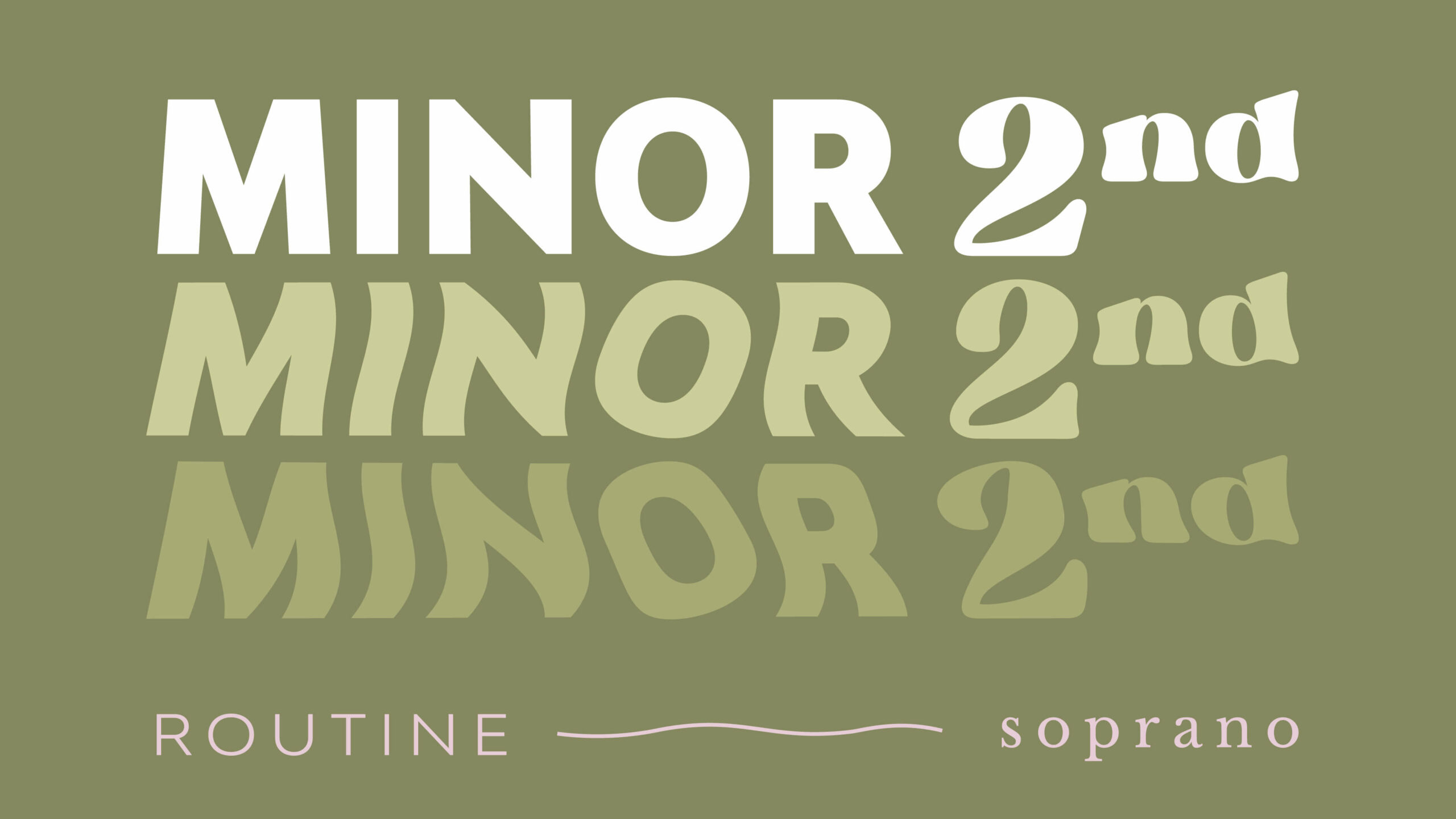Essential Singing Exercises
Vowels
“Without the vowels, we would be in a sorry state, having to talk to one another in hums and clicks, hisses and groans, as the beasts do.”
Kathryn LaBouff
“Singing and Communicating in English: A Singer’s Guide to English Diction”
If I were to ask you to sing a note, chances are you would use a vowel to do so. In songs, almost all extended notes are held on vowels. When you scream, you instinctively use a vowel. Even when yelling for help, using a vowel allows you to be loud and clear. Vowels are a vital component of most languages, and without them, singing would not be possible.
Considering this, it makes perfect sense that the word vowel derives from the Latin word vocalis, which means vocal.
Vowel vs Consonant
To understand the importance of vowels, it is best to compare them with the second principal class of speech sounds: consonants.
Let’s take the first two letters of the alphabet as an example:
A is a vowel. To pronounce it, we have to open our mouth, allowing unrestricted airflow. We can sustain a nice, loud, ringing note with it.
B is a consonant. To pronounce it, we have to close our mouth partially, causing airflow to be blocked. It’s almost impossible to hold a note with it.
Vowels vary in quality, loudness, and length. Simply put, consonants are important to make a sense of our speech, while vowels carry the tone and resonance.
Vowels are the key to sound!
Practicing Lip Rolls, Humming, and Straw Phonation helps balance airflow, reduce tension, warm up the muscles of the pharynx, oral cavity, and respiratory system, ultimately improving the fundamental aspects of our voice. However, working with vowels takes us even further on our journey to becoming outstanding singers.
The creation of sound relies not only on the source, such as the vocal cords, but also on the space where it resonates. As the sound travels through the entire vocal tract, including the pharynx, oral cavity, oropharynx, nasal cavity, and chest cavity, it resonates and interacts with each of these areas. We can think of it as similar to a soundboard in a guitar or violin. The fascinating part is that, unlike the fixed shape of a guitar’s soundboard, we have the remarkable ability to change the shape of our resonance space by manipulating our tongue, mouth, and pharynx.
By doing so, we can enhance certain frequencies while attenuating others, allowing us to amplify and sculpt our sound. This is the essence of singing!
To gain precise control over this manipulation, it is crucial to master the art of singing vowels. They provide the foundation for unlocking the full potential of our vocal resonance.
How many vowels are there?
This is a fairly comprehensive set of fourteen English vowels, arranged in a pyramid shape, which is a common representation. While fourteen may seem like a significant number, it does not encompass all the vowel sounds found in foreign languages like French and German. Moreover, it may not be applicable to tonal languages such as Chinese, where vowel sounds are constantly shifting. Additionally, this pyramid representation does not consider factors such as nasality and throat resonance, which are essential in distinguishing vowel sounds across various languages.
I think this provides an understanding of the complexity and diversity within the world of vowels. When someone asks the question, “How many vowels are there?” it’s nearly impossible to provide an exact and universally correct answer. However, I prefer to simplify things, and upon closer examination of the pyramid, it becomes evident that vowels can be categorized into five primary ones:
EE EH AH OH OO
Create free account to read the whole article.
Unlock a world of musical knowledge with a free account. Read whole articles, create your personal Interval Cheat Sheet and more. Sign up now and take your music skills to the next level.

Hi! I’m Justine Sounds, a singer, songwriter, and the proud founder of Open Minded Singing. If you enjoyed reading this article, I would greatly appreciate it if you could share it with your friends. Feel free to reach out to me if you have any questions or inquiries. Also, don’t forget to follow @openmindedsinging on social media for more exciting updates and content.
Thank you for your support!
Join us and transition from theory to practice!
The importance of routines and regular practice cannot be overstated, but it’s often challenging to know what exercises to do, especially without access to a piano. That’s where Open Minded Singing comes in!
With just your phone, tablet, or computer, along with a pair of headphones, you can unlock a world of singing workouts designed for every occasion. No more guesswork or frustration — simply log in, choose a workout, hit the play button, and sing.
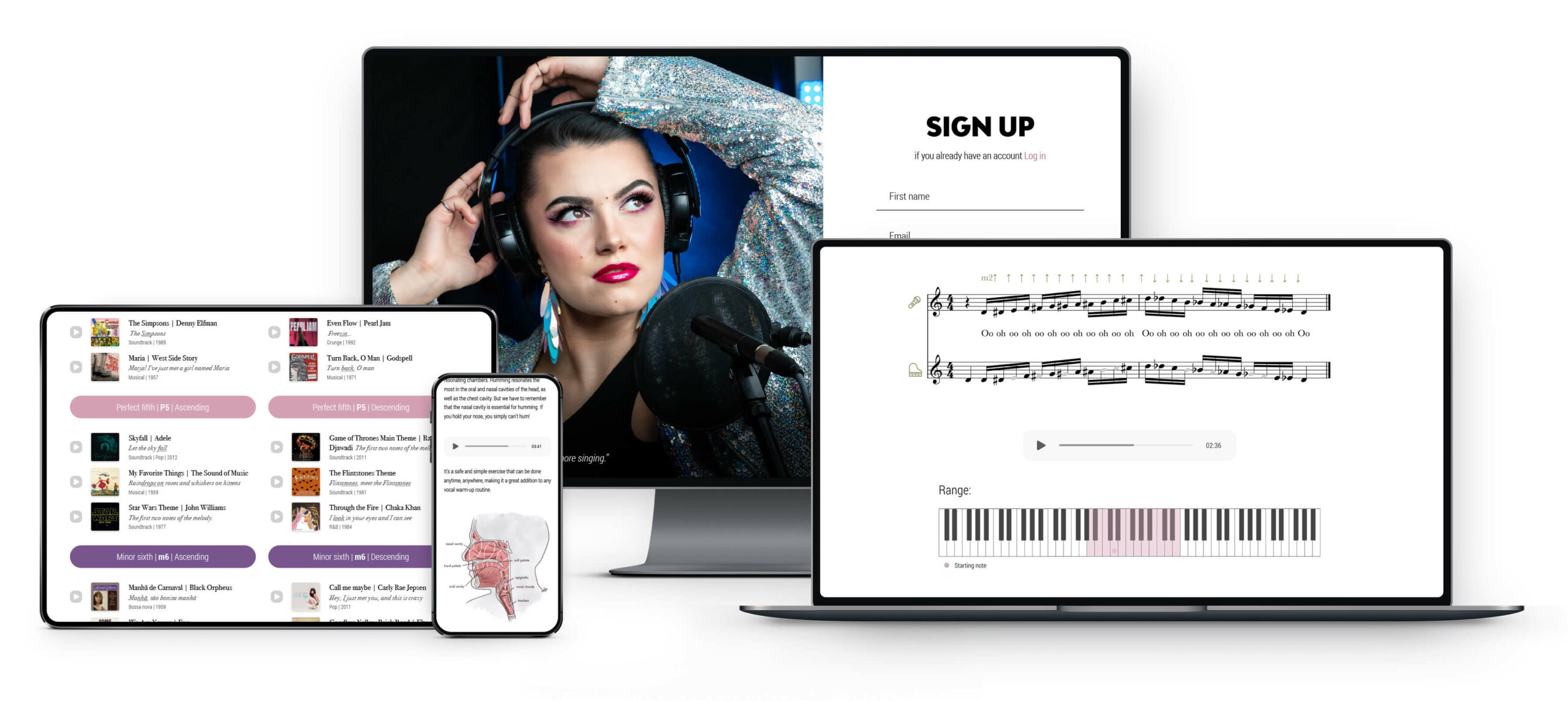
For a limited time, our monthly subscription is available at the exclusive early price. As an early subscriber, you’ll not only gain access to a collection of workouts that grows every moth, but you’ll also receive personalised support from Justine Sounds herself. Imagine having a professional singer guiding you every step of the way!
Related articles:
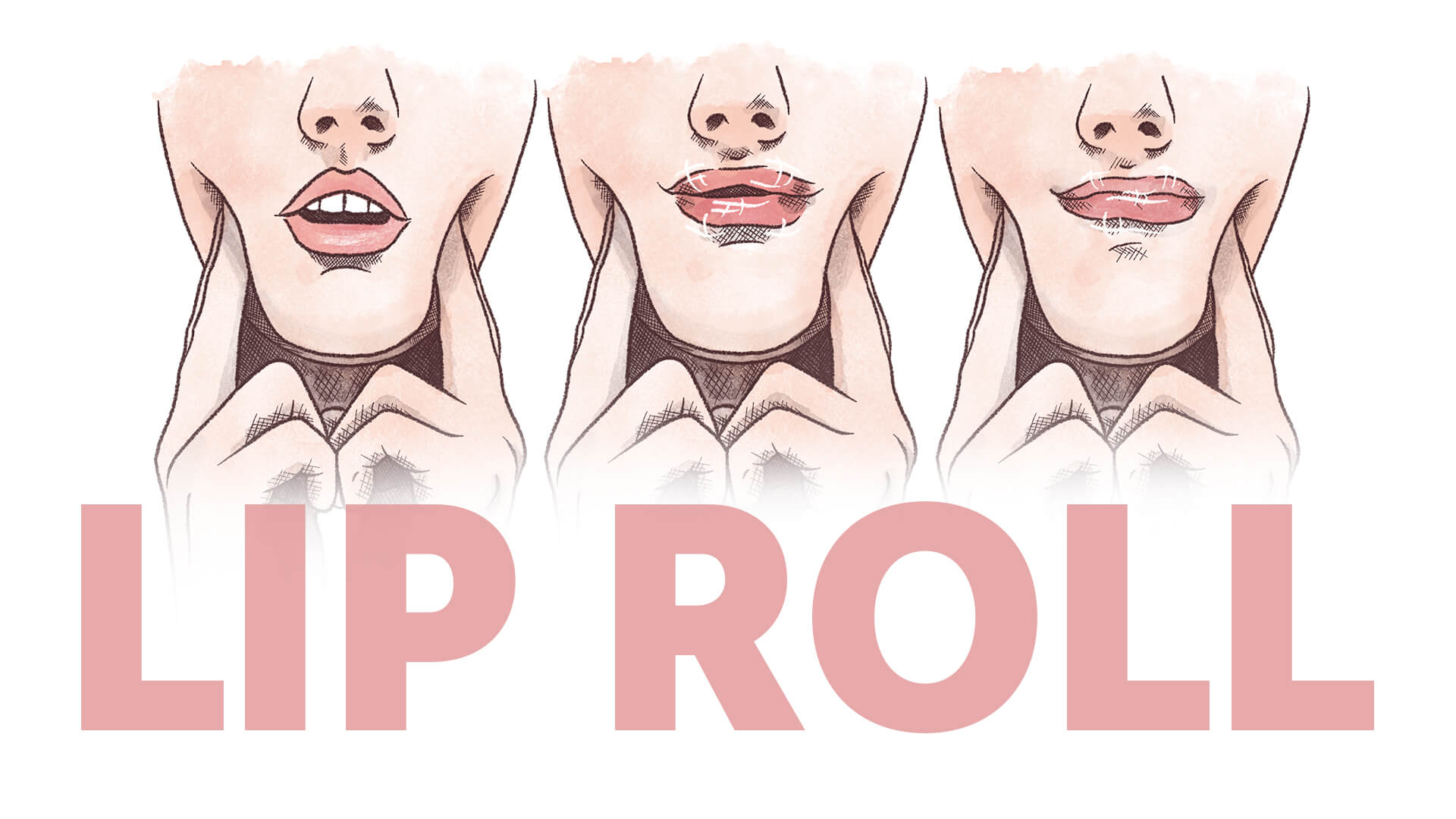
How to make a Lip Roll?
What is a lip roll? | Objectives of practising lip rolls | When to use it | How to make a proper lip roll? | Step by step instructions
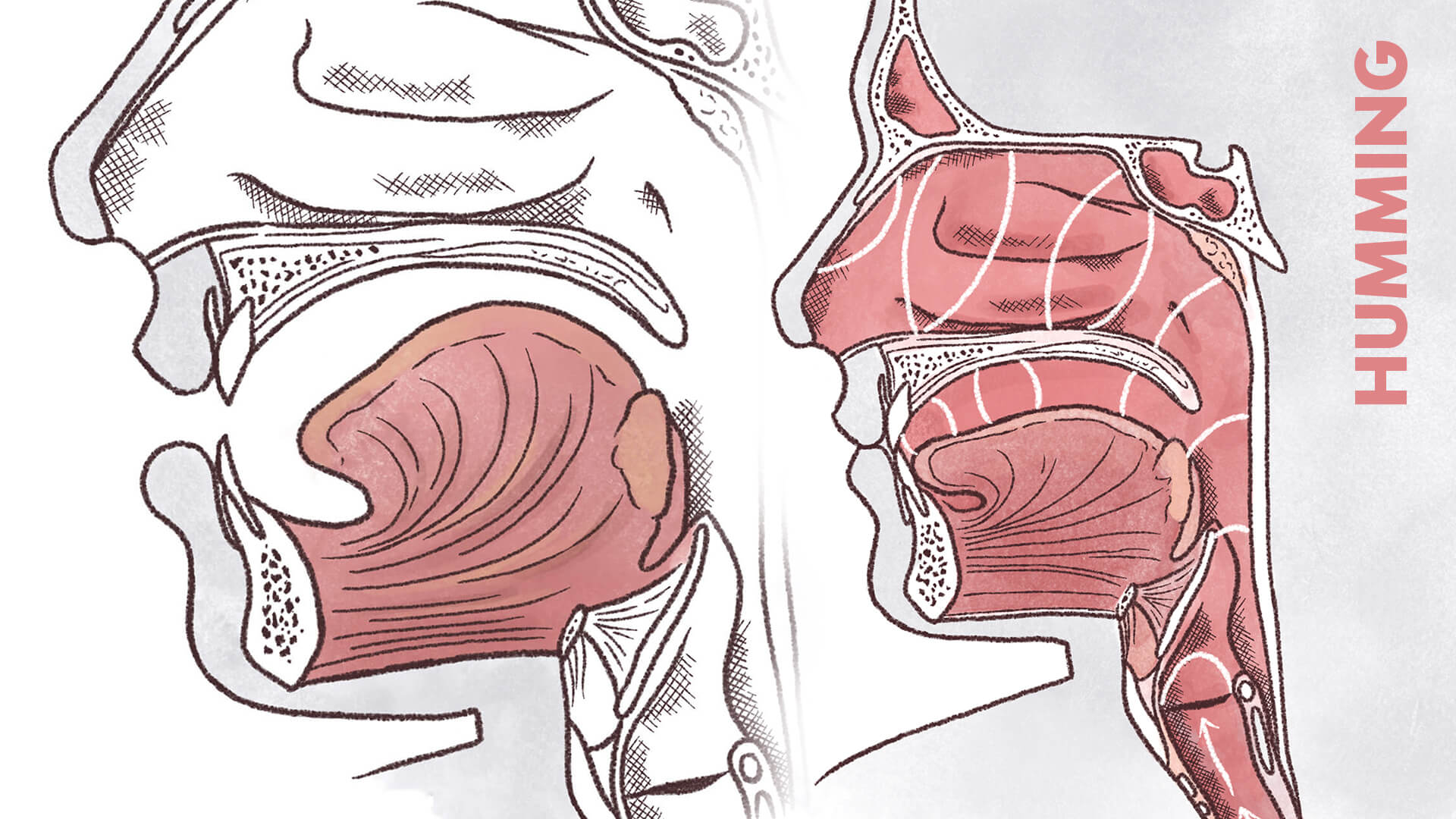
Humming | M - N - NG Hum
What is humming? | Objectives of practising humming | When to use | How to make it work? | M - N - NG Hum | Step by step instructions
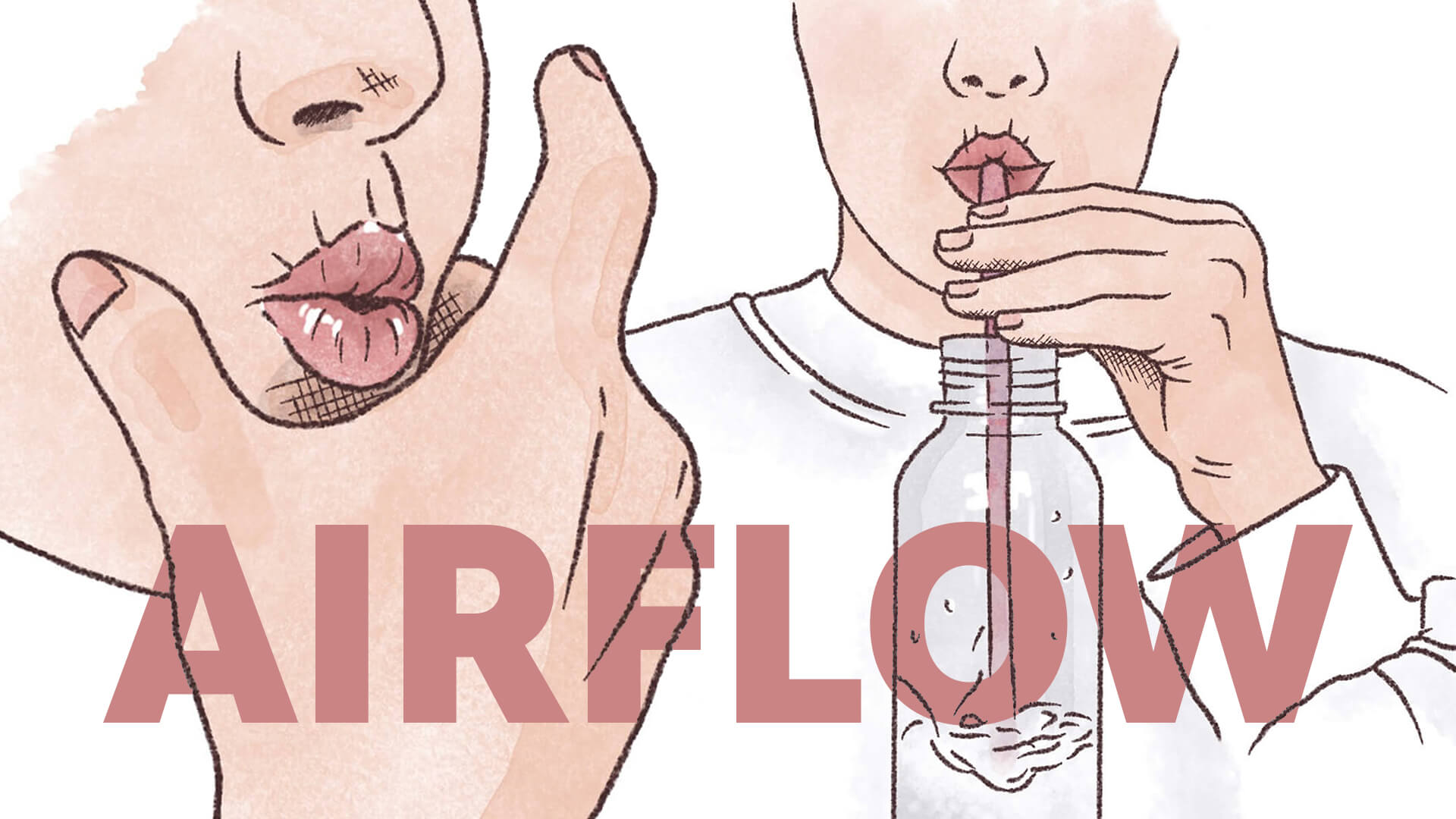
Airflow | Straw Phonation
What is straw phonation? | Objectives | When to use it | What straw should I use? | How to practise straw phonation with water and without? | How to practise airflow and sing with a cup?
